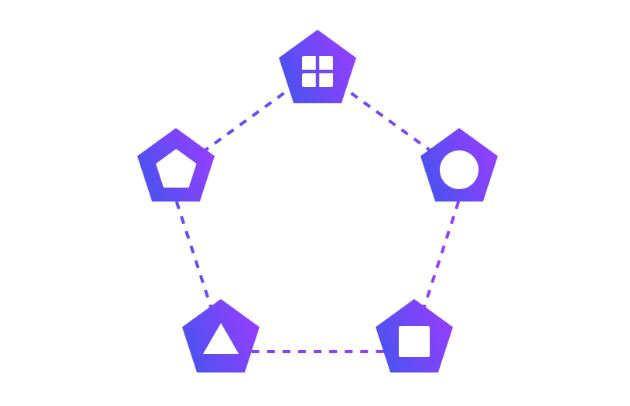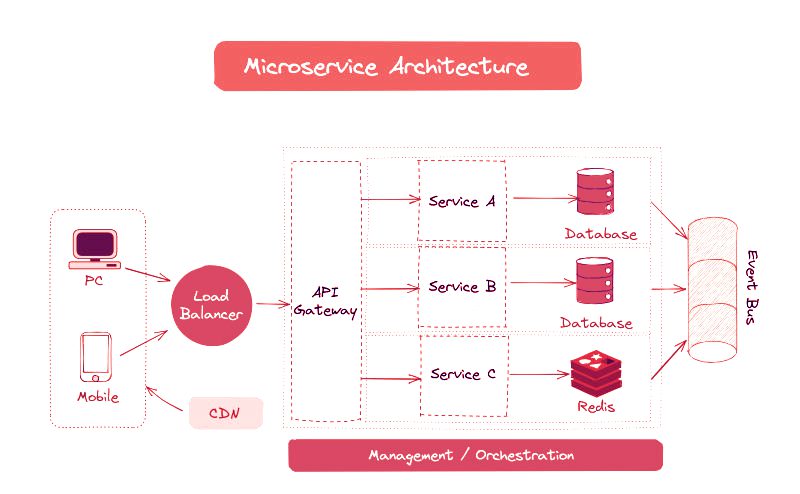Have you ever marveled at the agility demonstrated by tech giants like Netflix and Amazon when it comes to swiftly introducing new features? The secret behind this remarkable speed lies in their adoption of Microservice architecture within their technological infrastructure.
At its core, Microservice architecture is a paradigm that involves deconstructing an application into a multitude of small, independently functioning services. Each of these services operates as a standalone entity, running a unique process and communicating through a meticulously defined API. This approach allows for the management of discrete codebases by compact development teams, enabling independent deployment and updates for each service.


Good article